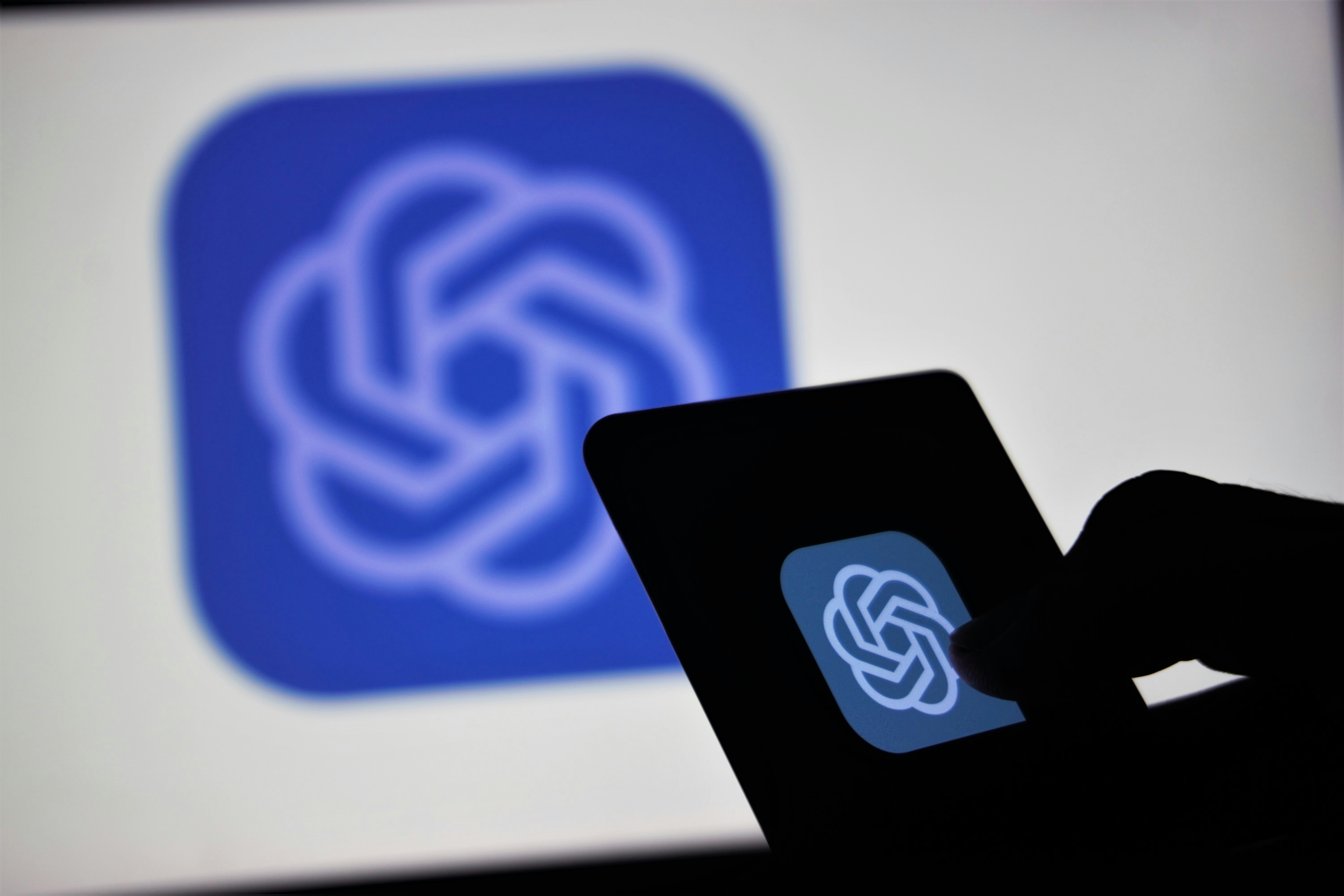Unless you’re at an event, in a business meeting or using public transport, vocal commands are now the quickest and easiest way to search for products online. To meet this vocal trend, the likes of Amazon, Google and Microsoft are all enhancing their voice tools with generative AI and large language models (LLM), but what if you don’t want to use a desktop or smartphone at all?
Here’s three AI voice tools that are ‘listening’ outside the box.
In your pocket (Rabbit R1)
Most people think of AI tools embedded in a phone-based app, but start-up Rabbit.tech has other ideas. Its post-it note-sized device, which comes with a touchscreen, scroll wheel, camera and audio, is designed to work without loading up or logging into an application. Instead, the Rabbit R1 has been taught how to function as if it were a human, so it can access multiple apps (i.e. Spotify or Youtube) by listening to your voice. You simply press the ‘push-to-talk’ button, ask your command and Rabbit will react.
Using a ‘Large Action Model’, rabbit OS is built to understand your intentions and then action them. At first, this seems very Siri - you can ask trivia questions, order a takeaway or search for clothing. But the Rabbit R1 can also learn how to do tasks via the ‘teach mode’ (i.e. it can listen to recorded instructions and generate an AI image using your brand style) and blend all its hardware and software components for a human-style response (i.e. you point the Rabbit at your fridge and ask it to make a healthy recipe recommendation based on your fridge’s contents).
On your clothing (AI PIN)
‘Beyond touch, beyond screens.’ The wearable AI Pin by Humane has been designed so users don’t need to use their phone to benefit from AI’s voice-activated abilities. Pinned to your clothing, the AI PIN blends many smartphone, smartwatch and smart glasses functionality into a high-tech badge. For example, you can simply ask the AI PIN to save out-loud observations, transcribe and send digital messages, make calls, create playlists for your current vibe, summarise long Whatsapp group chats, order your shopping and even translate what you say into other languages. Just touch, hold and ask.
The AI PIN also leverages your now phone-less hand as a screen - projecting a laser ink display onto your palm - and as a scale, telling you how much sugar is in the banana you’re holding. When it comes to shopping, this could lead to consumers picking up an item in store and then asking the PIN to find and order a cheaper alternative online.
Although AI PIN has attracted a lot of early criticism for its lack of screen (it’s easier to use a real screen), its pricing model (high start-up costs and a monthly subscription) and cultural relevance (are consumers ready to start talking to their clothing in public?), its forward-thinking capabilities shine a light on what future searching might look like.
In your vehicle (Mercedes and Volkswagen)
You can’t use your phone, tablet or laptop while driving for obvious reasons. That’s why car manufacturers created voice assistants to alter the temperature settings, change the radio station and roll down windows. But now, major car manufacturers are giving their assistants an AI makeover.
Mercedes, which launched its MBUX assistant in 2018, is adding an LLM-powered voice assistant that understands conversational language, asks intelligent questions and processes requests beyond the vehicle’s four wheels. For example, you can ask to dial into a meeting or order your grocery shopping on the way home.
Meanwhile, Volkswagen has integrated ChatGPT into its vehicles’ voice assistants and will be the first major manufacturer to offer the chatbot’s functionality as a standard feature from the second quarter of 2024. With the likes of Hyundai and BMW (among others) also getting into the AI act, we can expect an arms race of vehicle voice assistants this year.
How to get ready for voice assistants
Voice assistants are moving from reaction to action. From now, AI voice tools will not just tell you the weather, but also order you an umbrella.
Brands will therefore need to change their content, keywords, listings and SEO to meet the new requirements for voice search. Understanding the language used among different target demographics will be essential to making voice-friendly listings and enabling customers to find your products on marketplaces.
To get ahead of the competition, get in touch with Rich Insight.






Blog Comments